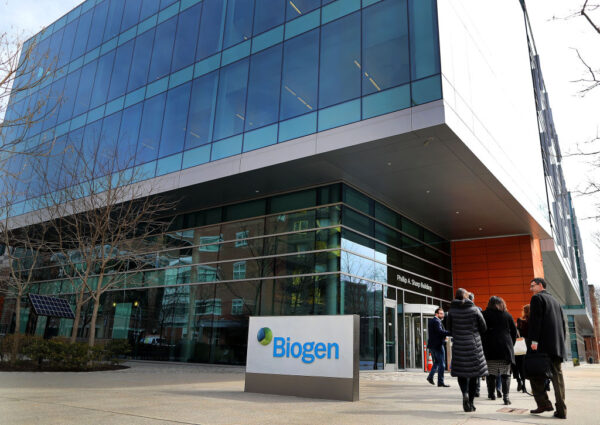
While a gene therapy approved last year for spinal muscular atrophy has made a significant difference in the lives of most patients, some experience less-than-optimal responses and subsequently receive a previously approved drug. In response, the company that makes the latter drug is launching a post-marketing study to get to the bottom of its safety and efficacy in those patients.
Cambridge, Massachusetts-based Biogen said Tuesday that it plans to start a two-year, open-label Phase IV study assessing the safety and efficacy of Spinraza (nusinersen) in infants and children with SMA who have had suboptimal responses to treatment with the gene therapy Zolgensma (onasemnogene abeparvovec), made by Novartis’ AveXis unit.
The study, titled RESPOND, is expected to enroll 60 patients – including 40 infants aged up to 9 months with a genetic predisposition to SMA Type 1 and who received Zolgensma at 6 months or younger, and 20 children up to 3 years. The patients will have experienced suboptimal motor function, the need for respiratory support, abnormal swallowing or feeding ability or other factors deemed relevant. Efficacy will be assessed by change from baseline on motor function measures, additional clinical outcomes and caregiver burden. Biogen plans to submit a study protocol to regulators, with an aim to enroll the first patients in the first quarter of next year.
A member of RESPOND’s study steering committee, Dr. Crystal Proud, a pediatric neuromuscular neurologist at Children’s Hospital of the King’s Daughters in Norfolk, Virginia, said the study addresses the question of whether Spinraza could be added to treatment in patients with suboptimal responses to gene therapy.
“It is a question that needs to be answered because of the different mechanisms of action of these two treatments and the potential for an optimized outcome for these children,” Proud said in a phone interview.
The long-term study of Zolgensma showed that to date, four of 10 patients subsequently received Spinraza, meaning that in those patients, the high-priced gene therapy was not curative.
When it was approved, Zolgensma carried a list price of $2.1 million, compared with Spinraza’s list price of about $750,000 for the first year of treatment and $375,000 annually per subsequent year. However, Zolgensma is designed as a one-time therapy, while Spinraza must be used indefinitely. In an analysis, the Institute for Clinical and Economic Review – a Boston-based drug-pricing watchdog – determined that Zolgensma’s list price is cost-effective as long as it is used in pre-symptomatic patients. But it’s a different story if patients must subsequently receive Spinraza.
“We had suggested at the time of our report that if you were developing outcomes-based contracts for Zolgensma, a reasonable criterion that a payer could have for failure under that outcomes-based contract would be the decision to treat with Spinraza because that would suggest Zolgensma did not work properly,” ICER chief medical officer Dr. David Rind said in a phone interview.
Photo: John Tlumacki, The Boston Globe, via Getty Images















